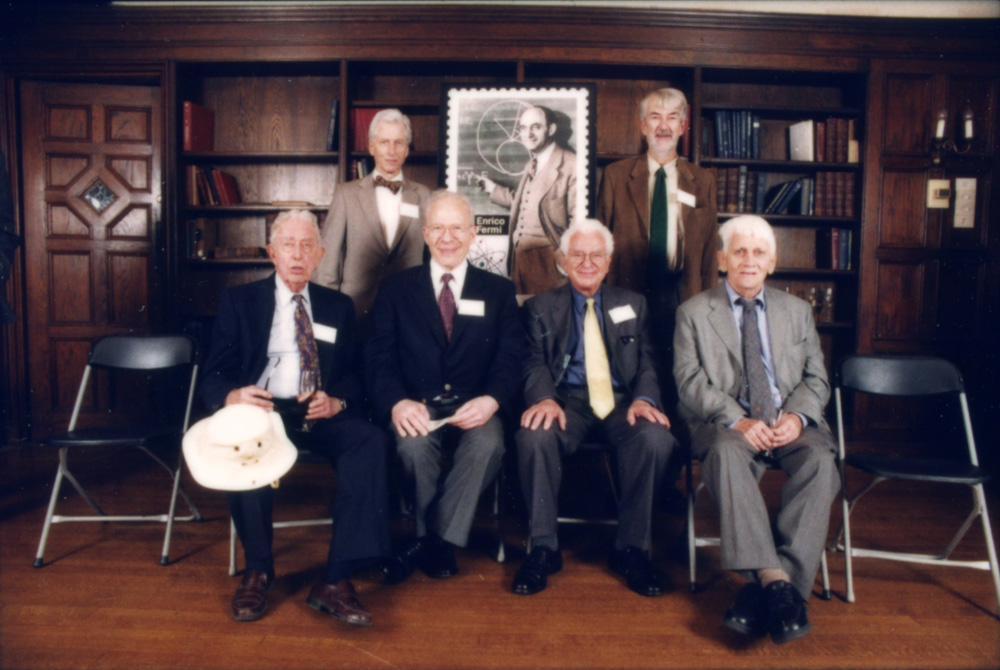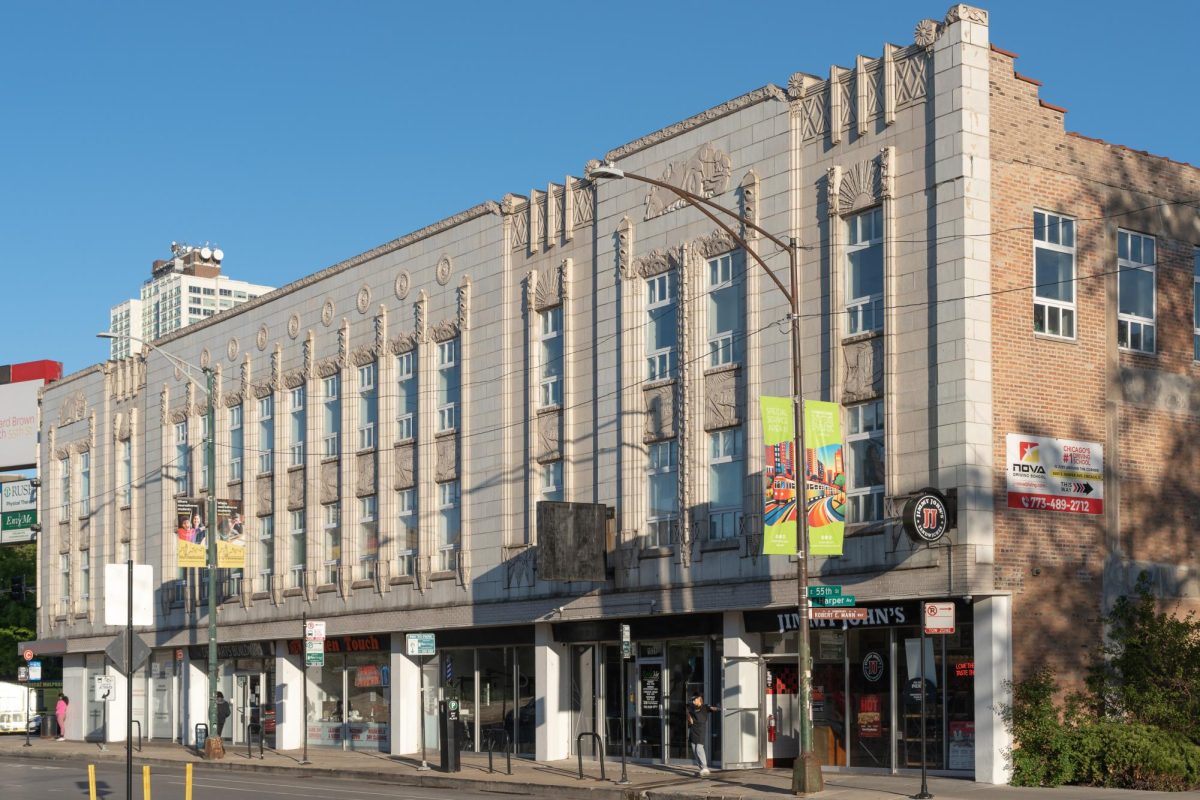The Office of College Admissions, still compiling statistics following the November 1 early action deadline, expects to see a spike in African-American and Latino applicants.
“It looks to me like we’re going to be up with African-American and Latino students,” said Dean of Admissions Ted O’Neill. “It also looks as though we’ve more than doubled our international student applications.”
While the statistics are not yet final, O’Neill reported the possibility of a 30 to 40 percent increase in African-American student applications for the early pool.
New steps have been taken to further the effort of diversifying the applicant pool. International student recruiter Alison Segal recently returned from an extensive recruiting trip to Africa, during which she visited high schools with admissions counselors from Duke, Yale, Dartmouth, and Wellesley. Similarly, Norma Lopez, the new associate director for Student of Color Recruitment, has worked closely with the Chicago Public Schools, as well as recruiting heavily on the east coast, Texas, and New Mexico.
In conjunction with Lopez’s efforts, a group of enthusiastic students in the College have been calling minority high school students who have begun applications, encouraging them to ultimately apply.
While exact numbers are not yet available, this year’s early action application pool will definitely meet, if not exceed, the standards set by previous years’ applicant pools.
“It looks like we’ll be ahead of last year, in terms of the number of early applications, which is good news,” said Ted O’Neill, dean of admissions. “We weren’t positive that would happen.”
As the Office of College Admissions opens and sorts many bags of mail, it is confident that this year’s early application pool will be larger than last year’s 2,450 early applications.
Last year saw a decline in early applications, following years of steady increases in the early action pool. The admissions office had seen 20 to 30 percent increases for some years. Last fall’s decrease in early applications was a result of changes in the application processes of other top American universities. Yale and Stanford switched from binding early decision plans to single-choice Early Action plans.
Single-choice early action plans allow students to only apply early to one school, yet, if accepted, the student is not required to attend. Yale and Stanford, both of which are substantial competitors with the University of Chicago, saw 55 percent and 66 percent increases in the number of early applications, respectively. Harvard also altered their early admissions program last year, changing from a non-restrictive early action plan—to which Chicago adheres—to a single-choice early action plan.
“Harvard’s decision to do single-choice E.A. took applicants out of our pool,” O’Neill said.
Whereas a student may have applied early to both Harvard and Chicago in the past, the single-choice early action plan made this impossible. With no substantial changes being made in admissions plans at other top schools this year, the Office of College Admissions expected to maintain last year’s early application numbers and is pleased to see a probable increase as well.
O’Neill also responded to a new college ranking system submitted to the National Bureau of Economic Research in mid-October, which placed University of Chicago as 27th in the country. “I think, if this is possible, that the new rating scheme is even dumber than the others,” he said. “It is hard to image that smart people put their time into this.”
11-9-04admissionsearlyactio.jpg








